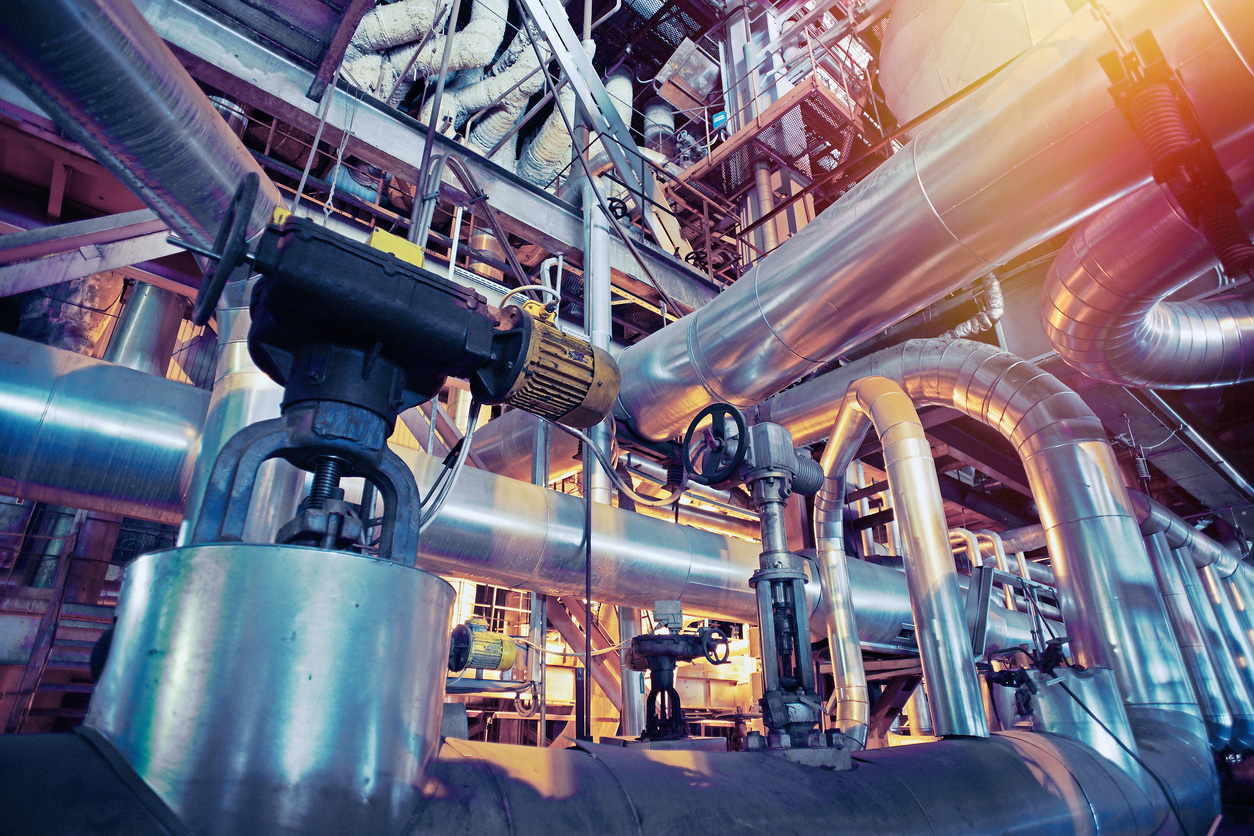The Importance of Data Interoperability: 8 Experts Weigh In
Across all industries, maintaining a competitive advantage requires more than simply finding ways to optimize operations and reduce costs. It’s about being smarter. The chief motivation for adopting IoT technologies is the interconnection of critical data from disparate systems and processes to make more informed and intelligent business decisions.
This week on the blog we’ve asked 8 experts to weigh in on the importance of data interoperability in their industry.
Adam Belnap, VP of Sales & Customer Relations
Data interoperability is extremely important for one simple purpose: growth. The fusion of multiple data points brings huge value for operational insight, power to make educated decisions and to create shared workflows for improved efficiency. Companies that view all of their data as a complete resource for growth, will scale quicker and have a faster ROI on multiple areas of their business.
Matt Schaubroeck, CEO
There are a number of systems that exist in buildings, and unless we can understand how each of these systems affects the other, we won’t be able to unlock that building’s true potential. Data is only helpful if you are able to use it properly – an interoperable dataset helps to increase the value of that data between multiple systems, the sum of which is greater than each of its parts. That interoperability also helps identify trends in the data that may not have been evident through a single system – multi-variable data analysis can unlock new insights that we are not yet aware of. Any data collection system should take steps to ensure that their information can be easily shared, while maintaining user confidentiality, security and anonymity. That balance between data confidentiality and interoperability will unlock new insights for data-driven solutions, both in buildings and across a wide variety of industries.
Data interoperability in general and between systems is one of the most important must-haves for IoT ecosystems. Without it, exchange, as well as consumption of data with a clear explanation of content, context and meaning, is challenging. This has a major impact on IoT ecosystem providers and end-users. If data interoperability is not sufficient, it will hinder the provider and end-user from reaping all of the benefits that IoT has to offer. It is the foundation of data exchange and data-based decision-making.
Before the time of OMS, meter data was formatted and transmitted in a company-specific way. Thus, there were different protocols and each company had its own formatting. For utilities, this represented a major effort to decode the meter data and bring it to billing. With the introduction of OMS, utilities can now process meter data from a wide variety of meter providers in the same way every time.
In the process of digitalization, this is more necessary than ever, because now the meter data can come to one platform via the most diverse transmission protocols. There, they must be able to be processed in the simplest way. This is only possible if there is a specification that defines the data format.
In this context, there are efforts towards OMS over LPWAN, GSM or Bluetooth. Only the adoption of a specification and standard will lead to the success of these technologies. This also needs to exist in data processing.
Nathan Mah, Cofounder
Data interoperability is a topic that forward-thinking properties are engaging in. In order to fully understand your data and how it can interact together, you must first choose the data sources you need to operate your business efficiently as well as be able to build the foundation of open vendors and integrations. Architecting vendor solutions around a data interoperability strategy is a critical component of any smart building portfolio, but some enterprises are further along in the conversation than others.
Commercial buildings represent the perfect site of ideal data interoperability; they are physically and geographically finite, the use cases can be tied directly to ROI, and there are not yet extensive regulatory or government requirements to consider when developing a data interoperability strategy. In the future, we expect a “blueprint” of vendors who have well defined data interoperability and share data openly to gain traction in the market as smart buildings continue to scale. Leveraging various sources of data to targeted use cases for buildings, managers, and tenants will increase the overall customer experience and lead to an improved future for all.
Data interoperability via sensors can offer unique insights into the correlated systems. Interoperability shows us how much we can gain when aggregating larger pools of data, such as broader insights, which can allow the user to make broader decisions on informed data. In addition, there is a chance for indirect analysis or insights gained from an unrelated use case.
Data interoperability is what enables IoT applications to be useful. Data and the decisions that are derived from that data are not isolated to IoT systems. The contents and context of data and what the data analytics provides to the rest of the business is even more important. An IoT application is not an end to a mean. It’s a decision that, paired with other support, enables an organization to actualize broader company strategies from intelligent data sources.
Interoperability of sensors, machines and data services is the key to high user-friendliness and smooth deployment of IoT technologies. Unfortunately, in agricultural applications there is still a very heterogeneous and historically grown system landscape. At Agvolution, we therefore focus on the open and flexible exchange of data. Our IoT technology in particular uses mioty and other open wireless IoT protocols to provide the perfect user experience.








